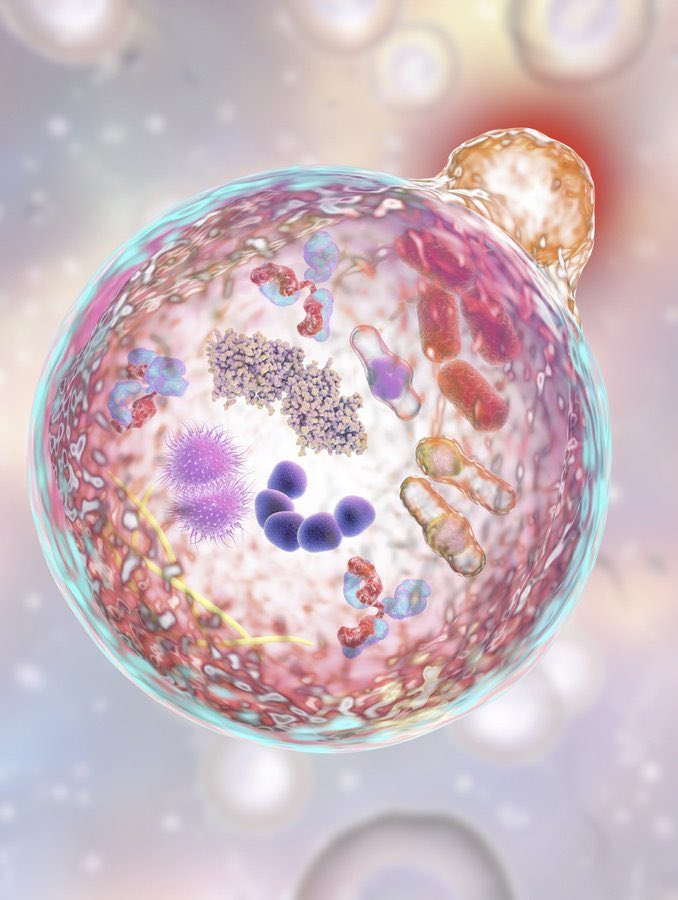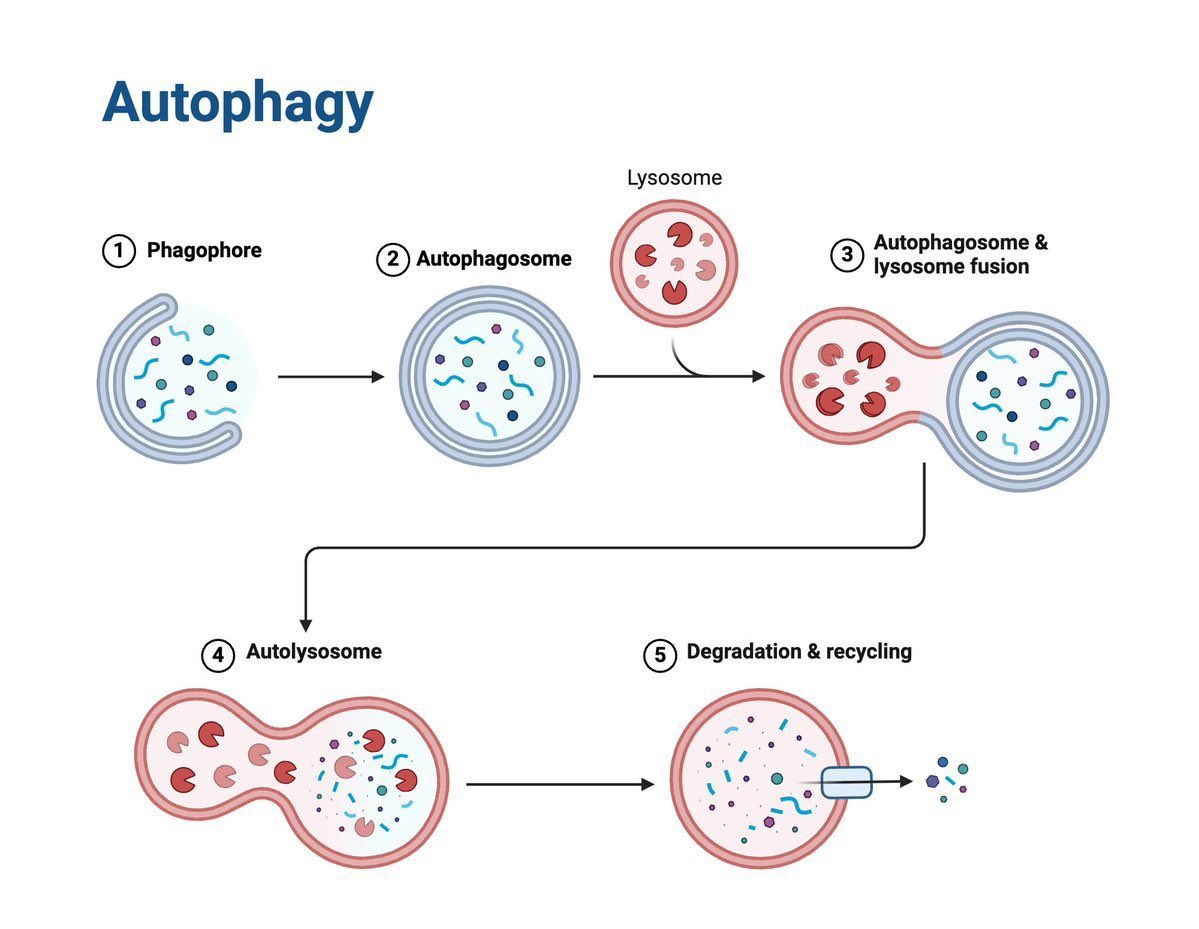Microplastics are POISONING us—slowly, silently, and PERMANENTLY.
There are TRILLIONS of microplastics everywhere and they’re
the highest they’ve ever been in our bodies—brain, liver, lungs, everywhere.
But don't panic—there are solutions: 🧵

There are TRILLIONS of microplastics everywhere and they’re
the highest they’ve ever been in our bodies—brain, liver, lungs, everywhere.
But don't panic—there are solutions: 🧵
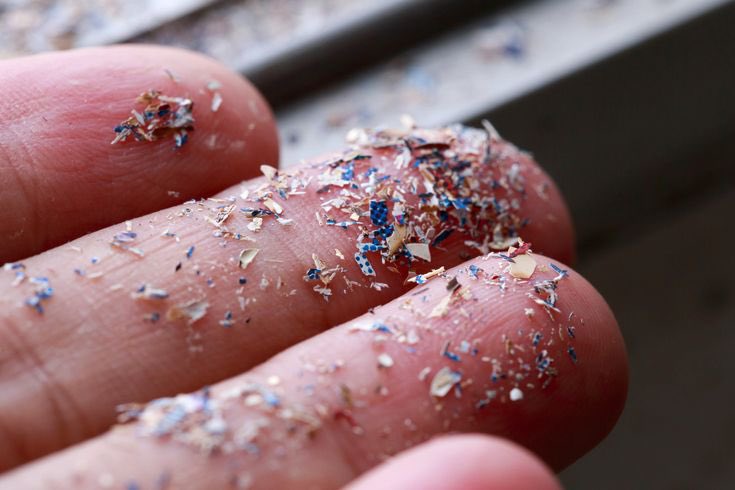
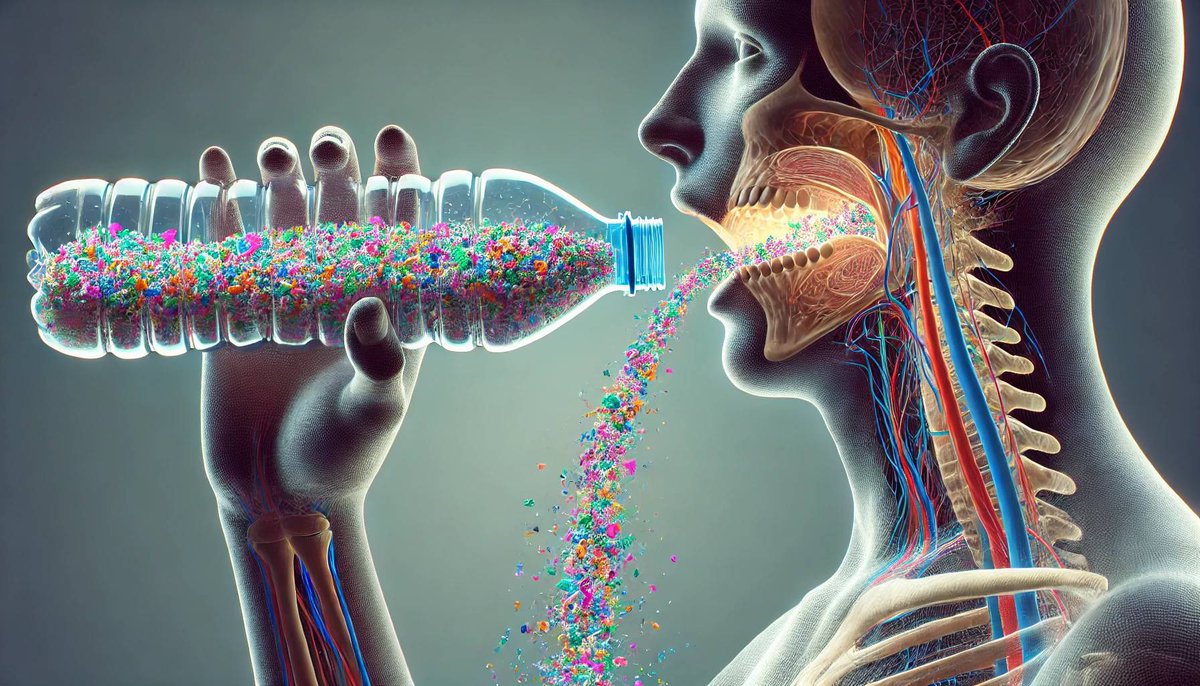
Experts have studied microplastics since the 1960s.
But just in the last 5 years, they’ve been found in the blood, brain, semen & placenta.
They’re in the air we breathe, the food we eat, and the clothes we wear.
Just how small are these invaders?
But just in the last 5 years, they’ve been found in the blood, brain, semen & placenta.
They’re in the air we breathe, the food we eat, and the clothes we wear.
Just how small are these invaders?

Microplastics range in size from microscope nanoparticles to a few millmeters.
There are 2 types:
Primary: Manufactured particles used in cosmetics, clothing, etc.
Secondary: Particles broken down from larger plastics.
They penetrate us through food, air, water.
There are 2 types:
Primary: Manufactured particles used in cosmetics, clothing, etc.
Secondary: Particles broken down from larger plastics.
They penetrate us through food, air, water.
How do microplastics invade us?
• Ingestion: Up to 5g of plastic WEEKLY from food and water (exact amount still being studied).
• Inhalation: we breathe up to 22 million particles/year.
• Skin contact: Direct contact with microplastics leads to exposure.
And the bad news?
• Ingestion: Up to 5g of plastic WEEKLY from food and water (exact amount still being studied).
• Inhalation: we breathe up to 22 million particles/year.
• Skin contact: Direct contact with microplastics leads to exposure.
And the bad news?
Also, microplastics can lead to huge health risks.
Studies show dementia patients have higher microplastics in their brains.
Microplastics can wreak havoc on our gut & metabolic health.
They disrupt the function of vital organs and hormones.
These are the damage they cause:
Studies show dementia patients have higher microplastics in their brains.
Microplastics can wreak havoc on our gut & metabolic health.
They disrupt the function of vital organs and hormones.
These are the damage they cause:
1. Brain: Neuroinflammation and cognitive decline as they breach of blood-brain barrier.
2. Heart: up to 4.5X increased risk of heart attacks & stroke.
3. Lungs: Chronic inflammation, impaired lung function, scarring from synthetic fibers.
2. Heart: up to 4.5X increased risk of heart attacks & stroke.
3. Lungs: Chronic inflammation, impaired lung function, scarring from synthetic fibers.
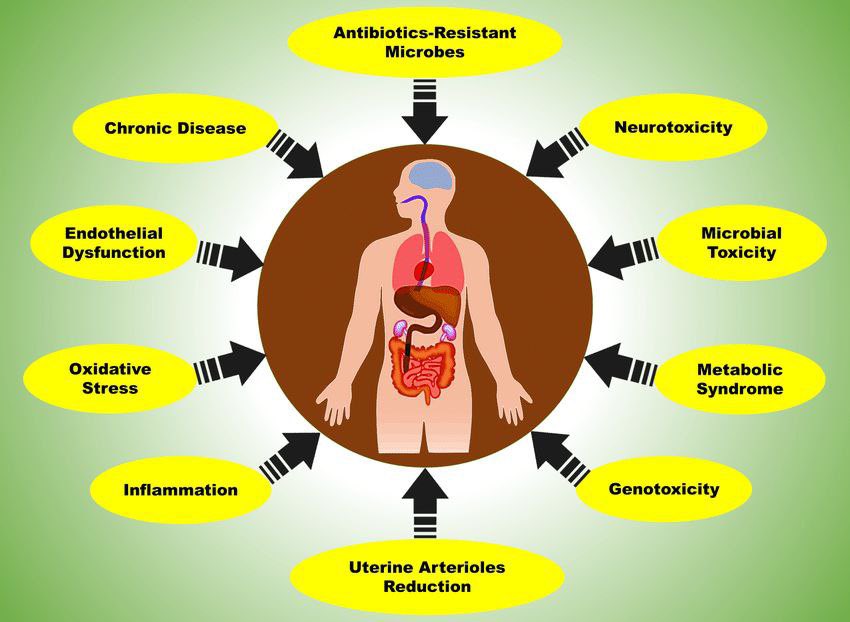
4. Gut: Increase of harmful bacteria & disrupting digestion.
5. Metabolic health: Interference with cellular metabolism—linked to insulin resistance, obesity, and diabetes.
And the scariest part?
We can’t just REMOVE microplastics once they’re inside us.
5. Metabolic health: Interference with cellular metabolism—linked to insulin resistance, obesity, and diabetes.
And the scariest part?
We can’t just REMOVE microplastics once they’re inside us.
If we can’t remove them, directly, how can we avoid microplastics?
1. Reduce plastic use—Avoid plastics in cosmetics, plastic cookware, bottles & single-use plastic.
2. Choose natural fibers—Cotton, linen, wool over synthetics like polyester.
PREVENTION is key. Here’s more👇
1. Reduce plastic use—Avoid plastics in cosmetics, plastic cookware, bottles & single-use plastic.
2. Choose natural fibers—Cotton, linen, wool over synthetics like polyester.
PREVENTION is key. Here’s more👇
3. Drink purified water—High-quality filters trap microplastics from tap water.
4. No plastic in microwaves—Food can absorb tiny particles from heated plastic containers.
5. Get HEPA air purifiers—Captures small particles before you can inhale them.
4. No plastic in microwaves—Food can absorb tiny particles from heated plastic containers.
5. Get HEPA air purifiers—Captures small particles before you can inhale them.
5. Eat smaller fish—Fresh sardines, herring, oysters & clams consume less microplastics than larger predators.
6. Skip ultra-processed foods—They’re magnets for microplastics from machinery and packaging.
And the BEST thing you can do:
6. Skip ultra-processed foods—They’re magnets for microplastics from machinery and packaging.
And the BEST thing you can do:
Make sure to load up on probiotics, fiber, and healthy food.
Probiotics from fermented foods like yogurt can reduce the toxicity of plastic chemicals,
While fresh, nutritious, and minimally processed food lessen health risks.
For more exceptional results:
Probiotics from fermented foods like yogurt can reduce the toxicity of plastic chemicals,
While fresh, nutritious, and minimally processed food lessen health risks.
For more exceptional results:
30 days is all you need to change your life.
Get '100 Mental Models' to:
• Make better decisions
• Learn critical thinking
• Excel at everything
• Live a happy life
Get it now👇
gumroad.com/a/9448147/AxfYH
Get '100 Mental Models' to:
• Make better decisions
• Learn critical thinking
• Excel at everything
• Live a happy life
Get it now👇
gumroad.com/a/9448147/AxfYH
If you find this thread valuable:
1. Follow me (@DivineManhood) for more.
2. Retweet the 1st tweet below to share this thread.
1. Follow me (@DivineManhood) for more.
2. Retweet the 1st tweet below to share this thread.
• • •
Missing some Tweet in this thread? You can try to
force a refresh



